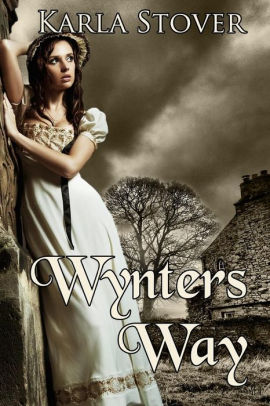As a writer, it’s my job to use description well so my
readers can see the world I’m creating and feel as if they actually know the
characters as people next door, from work, or co-riders on the subway. There
are millions of words for describing the taste, smell, feel, look and sound of
everything and it really shouldn’t be a problem. Right?
Last week, I asked my niece for her mom’s chicken tetrazzini
recipe. I love it and wanted to make it for my family. One of the ingredients
is cooking sherry and it’s not something I keep on hand. In fact, I don’t think
I’ve ever used it in a recipe. So off to the store I go. After wandering the
aisles looking in what I thought were the obvious places, I stopped a clerk.
“Can you tell me where the cooking sherry is?”
He frowned, then said, “Describe it.”
Huh? “It’s sherry…that you cook with.”
He had no idea but suggested I go to the front of the store
to customer service.
Again I asked, “Can you tell me where the cooking sherry is?”
Now mind you, this is a major grocery store chain; not a small back woods
convenience store.
The man behind the counter checked his computer then said… “Describe
it.”
You would think the name was description enough, but doing
better this time, I said, “It’s liquid and comes in a bottle.” Thinking that
could be probably 30% of the store contents, I added, “It’s sherry you use for
cooking. You could probably drink it but it doesn’t have alcohol in it.” (Misconception
on my part, as it’s 17% alcohol by content yet it’s not in the liquor
department.)
He said it might be in aisle 3 so we headed that way. As he
was perusing the shelves, I pulled out my phone and texted my niece, asking her
where the cooking sherry was located. (I’m in Kansas and she’s
across the country in New York, but I figured …
well, I’m not sure but the odds were she knew as much as my store clerks as she
had used it before.) Just as she answered the clerk came from the aisle next to
where I was standing with a bottle of cooking sherry.
I’m not sure there’s a morale to this story unless it’s to
have someone else do your grocery shopping because in the time I spent
wandering the aisles, I picked up several food items that looked good but I
didn’t really need. All this for 4 tablespoons of cooking sherry.
****
Describing characters in my novel “An Interlude” was easier because
Peter and CJ were so real to me. Stuffy, uptight New York businessman Peter
didn’t like his need for southern bred, New Orleans contractor CJ, but she was
in charge of the restoration of his great-aunt’s house and he would put up with
her. Except that meant being around her on a daily basis and he soon began to
feel the pull of what could only be bayou magic.
Grab a copy of “An Interlude”, as ebook or in print at my
favorite publisher, Books We Love.
http://bookswelove.net/authors/baldwin-barbara-romance/
Visit my website for more great reading with contemporary,
historical and time travel romantic stories.
http://www.authorsden.com/barbarajbaldwin
Thanks for reading,
Barb






















